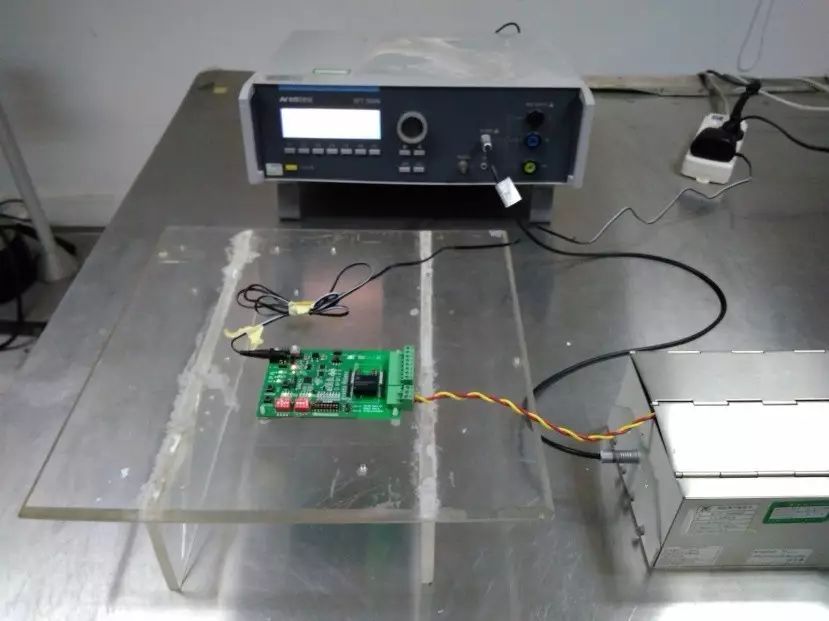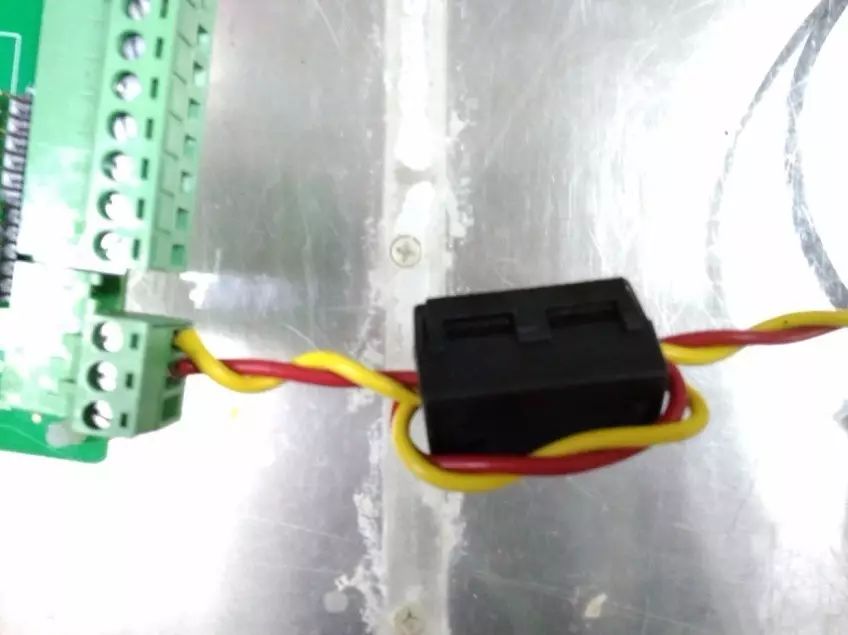The RS-485 bus is a commonly used field bus in industrial communications, but industrial control environments are often harsh, and the bus can be subjected to various external disturbances that affect its reliability. Among these, Electrical Fast Transient (EFT) disturbances are common. Today, we will discuss how to test and eliminate the impact of pulse group disturbances on the RS-485 bus.
In industrial control environments, sudden disturbances often occur due to lightning, short circuits, or switching actions involving inductive loads. These disturbances manifest as brief, high-energy pulse disturbances characterized by clusters of pulses, short rise times, and high repetition frequencies. Such disturbances couple into the RS-485 bus, and since these pulses are not single but a series of pulses, they accumulate on the RS-485 bus, causing the disturbance voltage amplitude to exceed the noise tolerance of the RS-485 transceiver, leading to communication errors.
Moreover, due to the short period of these pulse disturbances, the interval between each pulse is short. When the first pulse disturbance has not yet dissipated, the second pulse follows closely. For the parasitic capacitance on the RS-485 bus and the junction capacitance of the RS-485 transceiver, charging begins before complete discharge occurs. Typically, with a small parasitic capacitance, even a small amount of energy can reach a high voltage, which can damage the RS-485 transceiver and affect the reliability of RS-485 bus communications.
The voltage level of a pulse group disturbance source depends on factors such as the inductance of the load circuit and the speed at which the load is disconnected. Taking switching actions as an example, when a switch opens, the distance between the static and dynamic contacts is small, and the back electromotive force induced by the circuit’s inductance is sufficient to break down the air gap between the contacts, causing the circuit to conduct. However, this discharge process is very brief, generating a leading edge pulse in the nanosecond range, with a width of tens of nanoseconds and an amplitude exceeding several kilovolts.
After the aforementioned pulse ends, the circuit begins to repeat the process of generating back electromotive force due to the inductive load and discharging through the air gap between the static and dynamic contacts. This process continues until the energy stored in the inductive load is sufficiently low that the discharge process can no longer occur. These disturbances couple into the RS-485 bus, forming significant interference that affects communication reliability.
Electrical fast transient immunity is a common mode disturbance that can be suppressed through filtering, absorption, or isolation methods.
1. Isolation of the RS-485 Bus
Adding isolation to the circuit is one of the most common measures to combat bus interference. For example, the isolation RS-485 transceiver modules from Zhiyuan Electronics, such as RSM485PHT (automatic send/receive), RSM485PCHT, RSM485PCT, and RSM485ECHT, integrate signal isolation and power isolation functions. Without external protective circuits, they can achieve IEC 61000-4-4 ±2kV (B level, tested with the RS-485 port floating). If higher levels are needed, additional protective measures can be added as necessary. Figure 1 shows the EFT test diagram for the RSM3485PHT isolation transceiver module, which passes IEC 61000-4-4 ±2kV (B level) without additional protective circuits.

Figure 1: EFT Test Diagram for RSM3485PHT Module
2. Adding Ferrite Beads to Absorb Disturbances
Adding ferrite beads at the device entry can effectively absorb disturbances. Increasing the number of turns of the communication line through the ferrite bead can enhance the disturbance absorption effect, as shown in Figure 2, where a ferrite bead is added near the RS-485 interface of the device under test.

Figure 2: Adding Ferrite Beads to the Communication Line
3. Using Shielded Twisted Pair Cables
As shown in the figures, in practical applications, RS-485 communication lines can utilize shielded twisted pair cables, with the shield connected to ground at a single point to effectively suppress electrical fast transient disturbances from coupling onto the communication line.

Figure 3: Using Shielded Twisted Pair Cables
4. Adding TVS Diodes to the RS-485 Bus
By adding TVS diodes between A and ground, and B and ground, when the voltage amplitude of the electrical fast transient disturbance coupled onto the RS-485 bus is high, the interference voltage will be clamped by the TVS, thereby protecting the RS-485 transceiver.
5. Adding Ferrite Beads in Series on the RS-485 Bus
Since ferrite beads act like resistors at high frequencies, converting high-frequency energy into thermal energy, adding ferrite beads in series on the RS-485 bus can dissipate the energy of the electrical fast transient disturbances when they couple onto the RS-485 bus, enhancing the bus’s immunity to disturbances.
As shown in Figure 4, the circuit with two RSM3485PHT modules connected in series with ferrite beads can achieve IEC 61000-4-4 ±4kV and effectively reduce the communication error rate. Only series ferrite beads were used in the circuit, which is very cost-effective. If a higher EFT immunity level is required, the number of ferrite beads can be increased.

Figure 4: Series Ferrite Beads on Communication Line
Reply with the keyword 【Power Supply】 to see more technical topics.
Official WeChat Account Introduction
Zhiyuan Electronics’ official WeChat account, a platform gathering 500 engineers to share R&D testing, providing you with leading product technology and solutions in the electronics industry.。